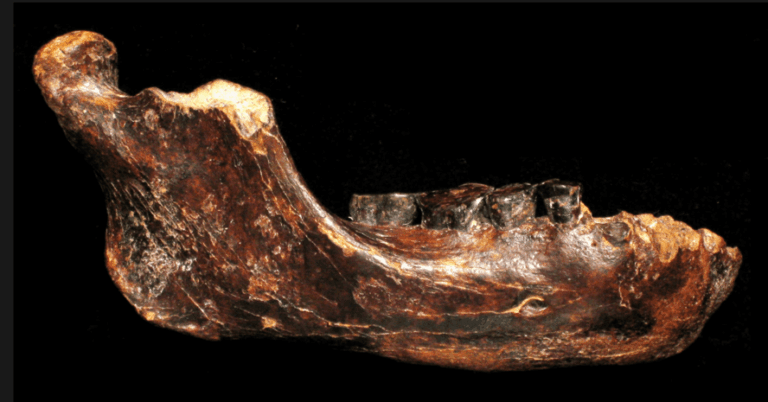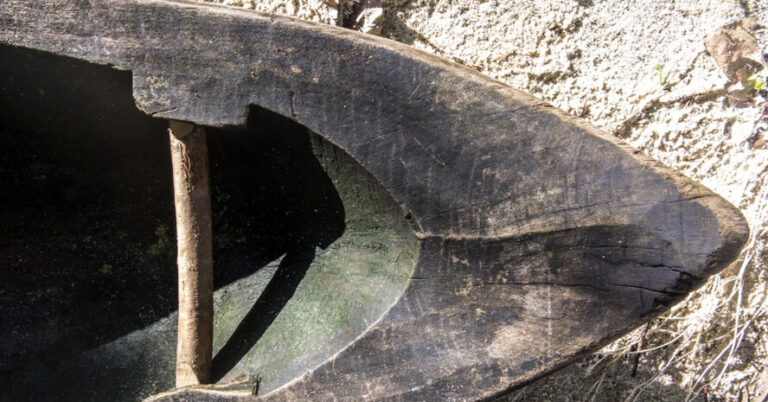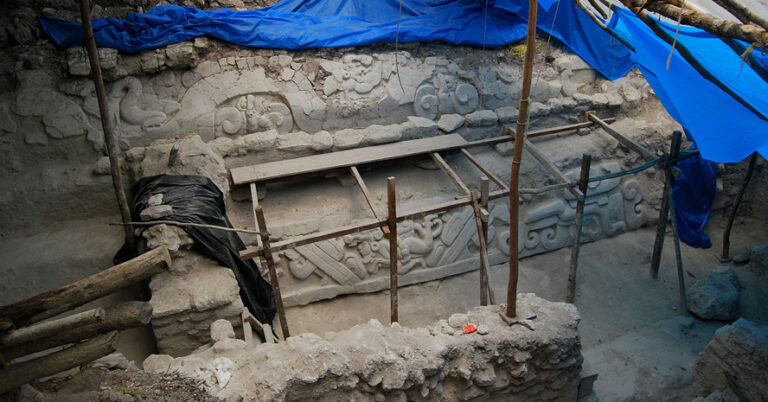We’re only a few months into 2025, but archaeology has already delivered some jaw-dropping moments. Whether it’s ancient cities hiding beneath modern skylines or long-lost tombs finally giving up their secrets, the first quarter of the year has proven that the past still has plenty to say. Here are a few discoveries that have turned heads—and rewritten a few history books along the way.
A Pharaoh’s Tomb Steps Out of the Shadows
After more than three thousand years in the dark, the tomb of Pharaoh Thutmose II has finally come to light. Hidden in the hills near Egypt’s Valley of the Kings, the burial site had been sitting untouched, unseen, and almost forgotten. With painted ceilings still intact and royal relics left exactly as placed some 3,500 years ago, the tomb feels less like ruins and more like a another world frozen in time. If that’s not enough, this find is also the last missing royal tomb from Egypt’s storied 18th Dynasty (1550-1292 BC) to finally be discovered, the same era that gave us names like Hatshepsut and Tutankhamun. This is a rare chance to see the ancient world exactly as it was left, like opening a message in a bottle from the long distant past.
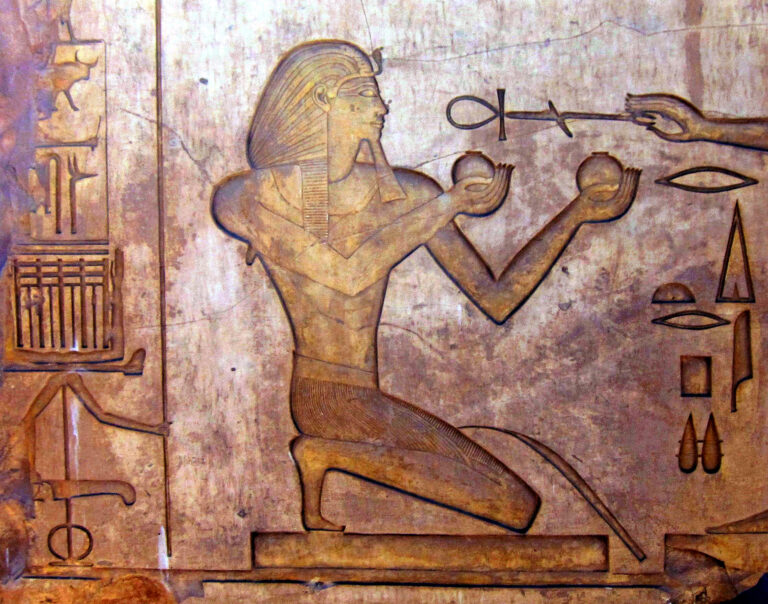
Roman Basilica Discovered Beneath London
Sometimes, London’s past turns up exactly where you’d least expect it—like under a future skyscraper. That’s what happened at 85 Gracechurch Street, where construction crews stumbled on the remains of a Roman basilica dating back nearly 2,000 years, to around 78–84 AD. Incredibly well preserved, this public building would’ve been a hub of Roman Londinium, probably where deals were made, legal matters handled, and civic life played out. It’s the kind of find that doesn’t just add to the city’s story—it deepens it, reminding us how much of modern London still rests on Roman bones.
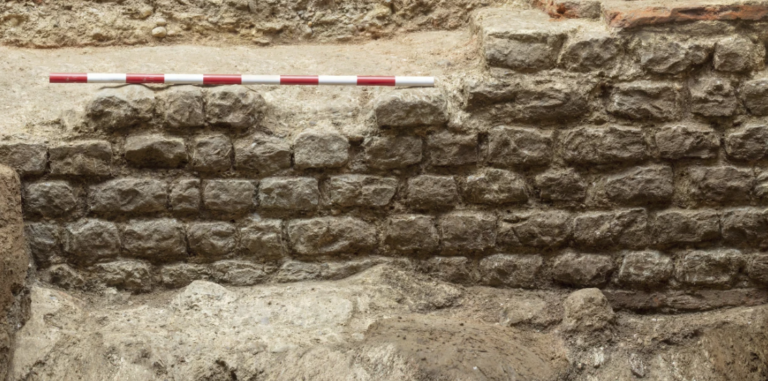
Frescoes of Dionysus Found in Pompeii
Just when it seems like Pompeii has given up all its secrets, it speaks again. In early 2025, archaeologists revealed a room filled with vivid frescoes of Dionysus—the god of wine and revelry—painted nearly life-sized on the walls. The scenes appear to depict initiation rites, offering tantalizing glimpses into Roman religion and private ritual. Dating back to the 1st century BC, the artwork is not only visually rich but emotionally charged, hinting at questions about gender roles, belief systems, and how the Romans approached the sacred and the social behind closed doors. It’s one more piece in Pompeii’s endlessly unfinished puzzle.
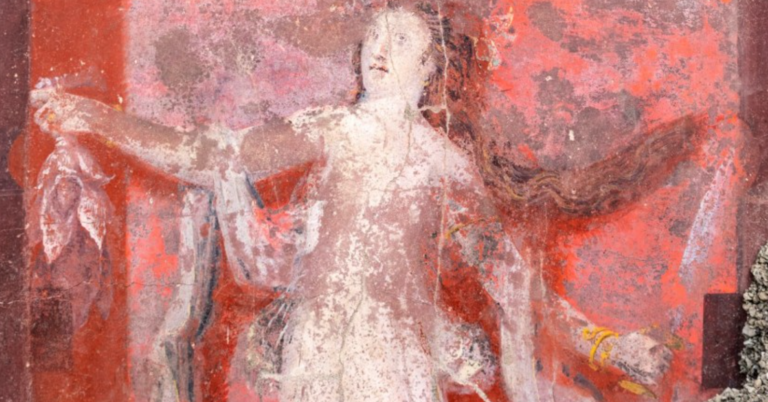
A Hidden Spa Beneath the Ashes
Also in Pompeii, researchers stumbled upon a lavish Roman spa that could accommodate up to 30 people. Complete with a plunge pool and a variety of heated baths, the space paints a vivid picture of the luxury and lifestyle enjoyed by Pompeii’s elite before the city’s sudden destruction. It’s being called a “once-in-a-century” discovery by experts on site.
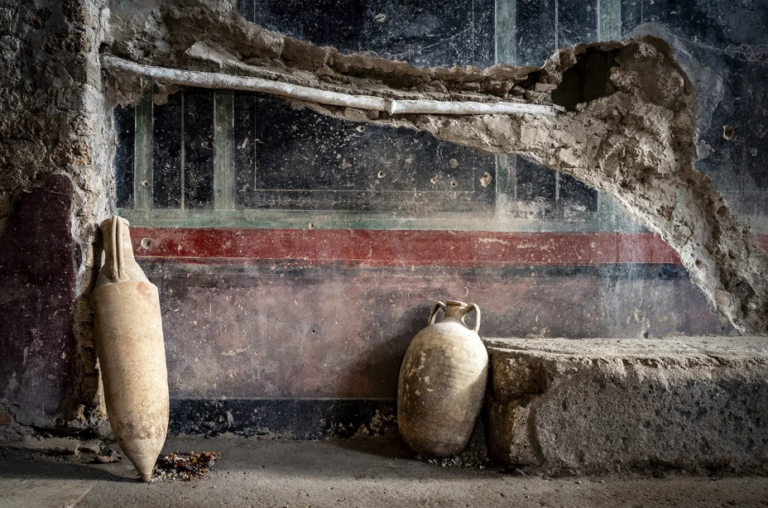
Buddha Statue Torso Found at Angkor
In Cambodia, at the vast Angkor temple complex, a discovery over a century in the making was finally completed. Archaeologists recovered the torso of a Buddha statue dating to the 12th or 13th century, which matches a head that was found back in 1927. Together, the reunited sculpture offers a more complete look at Bayon-period art and religious iconography in Southeast Asia.
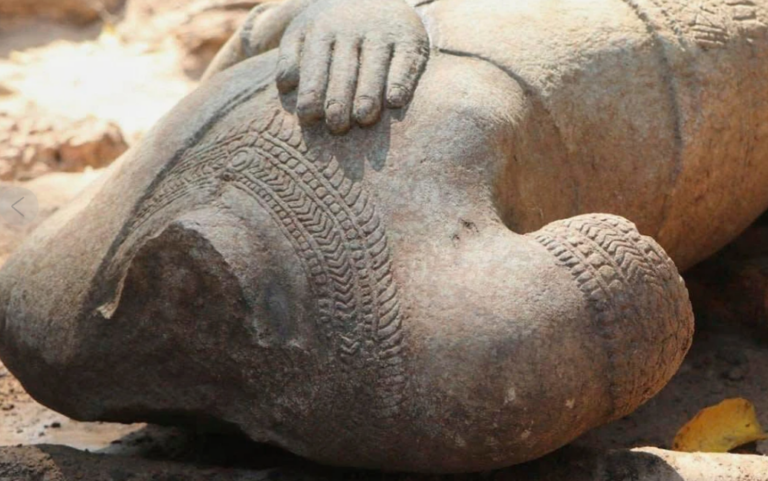
Potential Evidence of Noah’s Ark
One of the more controversial finds comes from eastern Turkey, where researchers studying a geological formation near Mount Ararat have presented new data. Samples taken from the site—long associated with the Noah’s Ark legend—show traces of marine sediment and seafood remains. While it’s still unclear whether this site directly ties to the biblical account, the clues suggest that the region may very well have been underwater thousands of years ago. That possibility alone invites a rethinking of long-held assumptions.
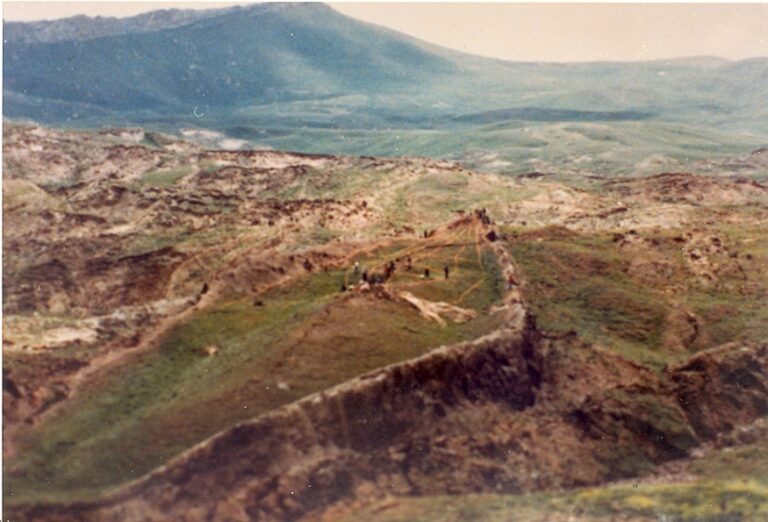
These kinds of finds—whether it’s a pharaoh’s tomb, a Roman bathhouse, or a statue pulled from the dirt—aren’t just relics. They’re reminders. Each one brings us closer to understanding how people once lived, what they believed, and the worlds they built. They don’t just fill in the blanks; they reshape the questions. And every time something ancient comes to light, it’s a chance to see the past not as settled, but as something still unfolding. And we’re only three months into the year.


